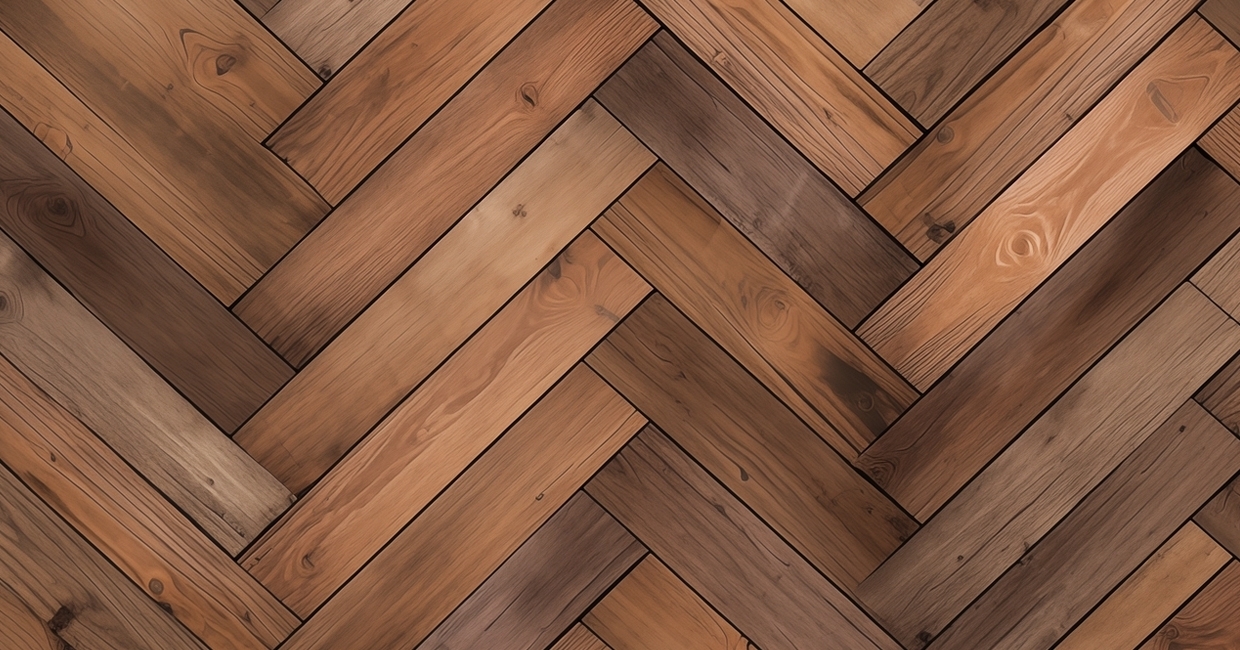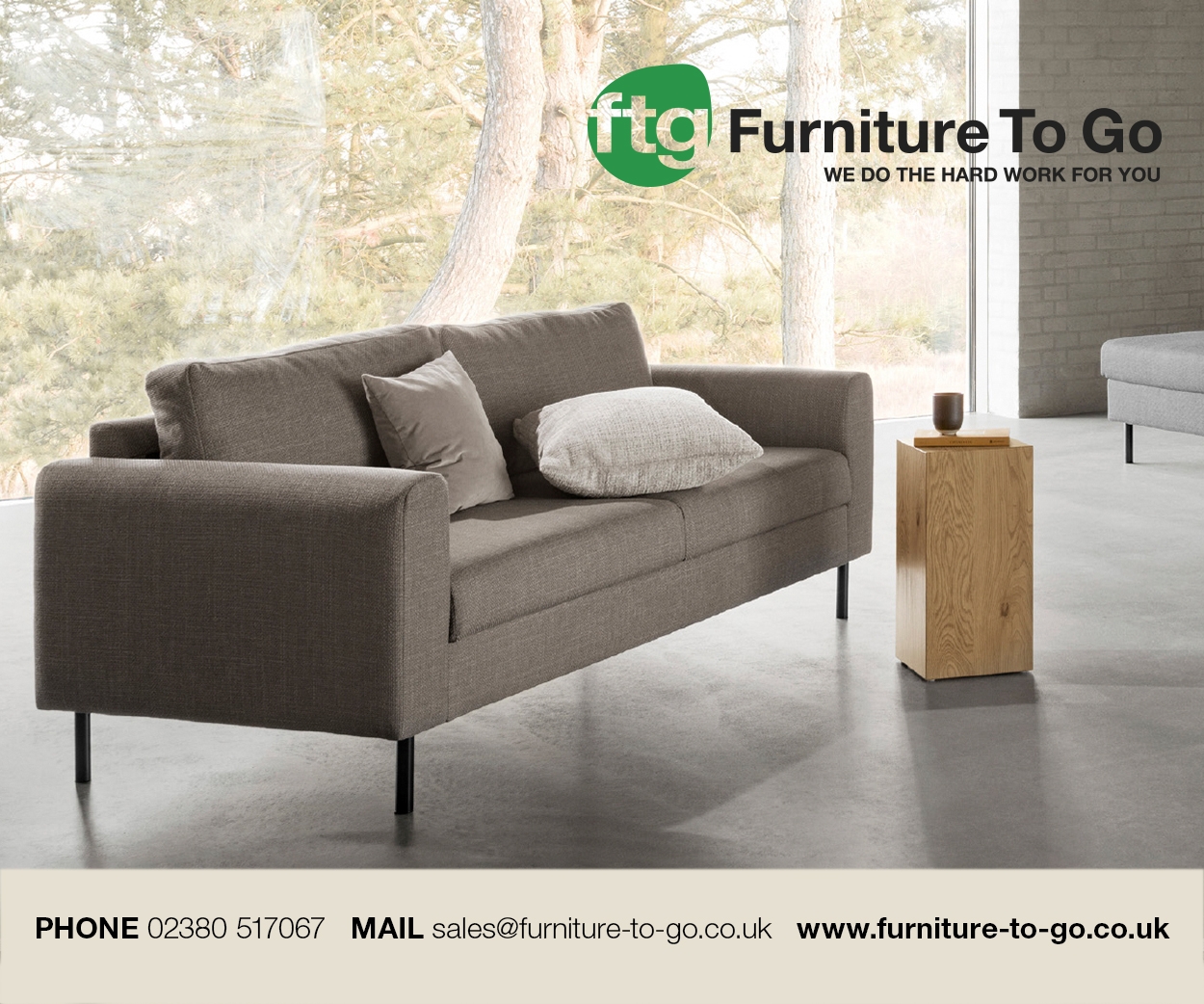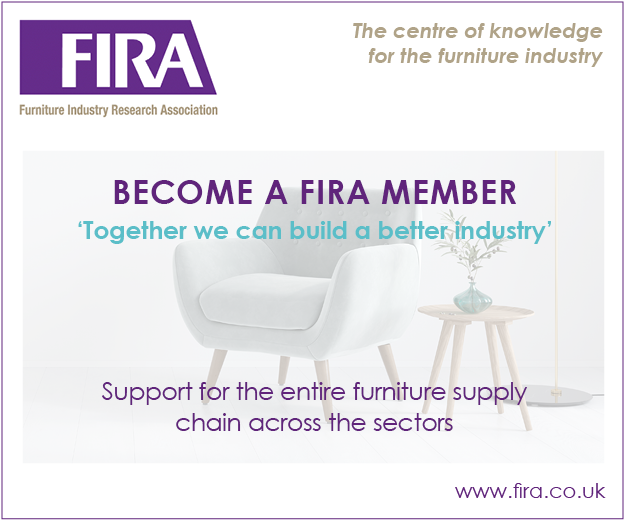While window displays and lighting often receive the most attention, flooring has become an increasingly powerful tool in shaping how shoppers interact with a space, writes Jessica Daykin …
The right flooring pattern not only enhances the look of a store but also subtly directs customer movement, making the shopping journey more engaging. Among the many options available today, herringbone flooring has emerged as one of the most influential design choices in retail environments.
How herringbone patterns influence customer flow
Herringbone flooring is recognised for its distinctive zigzag design, which naturally leads the eye forward. This visual effect makes it easier to guide shoppers through a store without relying on heavy signage or obvious prompts. Many retailers are turning to classic herringbone wood flooring to introduce a sense of craftsmanship and direction into their layouts.
The angled lines create pathways that subtly encourage customers to pause, explore displays and continue into different departments. This pattern can also make smaller shops feel larger and more open, offering an inviting atmosphere that encourages browsing. This ability to improve both navigation and perception makes herringbone an asset in competitive retail markets.
Enhancing product presentation with patterned floors
The flooring in a retail space acts as a backdrop for every display. Choosing carefully allows products to stand out while adding depth to the overall design. Herringbone flooring works particularly well because its texture is visually interesting without overwhelming the merchandise.
For instance, furniture showrooms benefit from this design's subtle elegance. Products appear framed against the floor's clean lines, helping them attract attention. This effect works equally well for clothing retailers, electronics outlets or lifestyle stores, where the flooring supports a consistent look across changing product ranges. By providing continuity, herringbone makes seasonal updates and re-arrangements feel seamless.
Strategic placement for maximum impact
Not all store areas require the same flooring treatment, and herringbone patterns can be positioned strategically for the greatest effect. High-traffic entryways, for example, benefit from the durability and visual appeal of herringbone flooring, setting a strong first impression. Transition zones between departments are also ideal. Changing from standard planks to herringbone encourages shoppers to slow down, creating a natural pause that improves the visibility of nearby displays.
Herringbone patterns are particularly advantageous in luxury or premium product zones. This flooring style's association with quality craftsmanship subtly enhances the perceived value of the items placed above it. For retailers looking to highlight high-margin products, this can be a cost-effective way of reinforcing brand positioning.
Expanding options through material innovation
Herringbone flooring is no longer limited to traditional hardwood installations. Modern material developments mean that vinyl, laminate and engineered options are now widely available, offering flexibility across budgets and store types. Vinyl herringbone combines the striking visual effect with practical benefits such as water resistance and ease of cleaning, which is especially useful in high-footfall areas.
Quick-install click systems have made it easier for retailers to update their spaces without lengthy closures. Floors can be replaced in sections, allowing stores to remain open and continue trading during renovations. This flexibility ensures businesses can modernise their look without sacrificing revenue.
Balancing cost and long-term value
Budgeting for flooring is about more than the initial installation. While hardwood herringbone is undeniably striking, it requires periodic refinishing to maintain its appearance in busy settings. Alternatives like luxury vinyl tile provide a similar visual impact with less maintenance, making them attractive to retailers focused on reducing long-term upkeep.
Considering lifecycle costs allows retailers to see the true value of different materials. Vinyl or engineered wood may provide the best balance for high-traffic areas, while flagship stores may justify the investment in authentic wood to reinforce a premium brand image. Aligning flooring choices with brand strategy ensures that investments pay off over time.
Measuring success and return on investment
Retailers investing in herringbone flooring often want to assess its impact beyond aesthetics. Monitoring sales performance, customer flow patterns and dwell times before and after installation provides useful insights. The alignment of improved customer engagement with higher sales or increased repeat visits offers clear evidence of the value of flooring updates.
Using technology such as heat mapping to track shopper movement can provide further proof of how herringbone flooring influences navigation. By combining these insights with financial records, retailers can better understand the role flooring plays in shaping customer experiences and store profitability.
Transform a store with flooring that works
Retail spaces thrive when design choices support both style and practicality. Herringbone flooring offers retailers a proven way to guide customers, enhance product presentation and reinforce brand image. By choosing patterns and materials that align with store goals, businesses can create memorable shopping environments that stand out from competitors. Explore the options available today and bring the timeless appeal of herringbone into your retail space for long-lasting impact.










